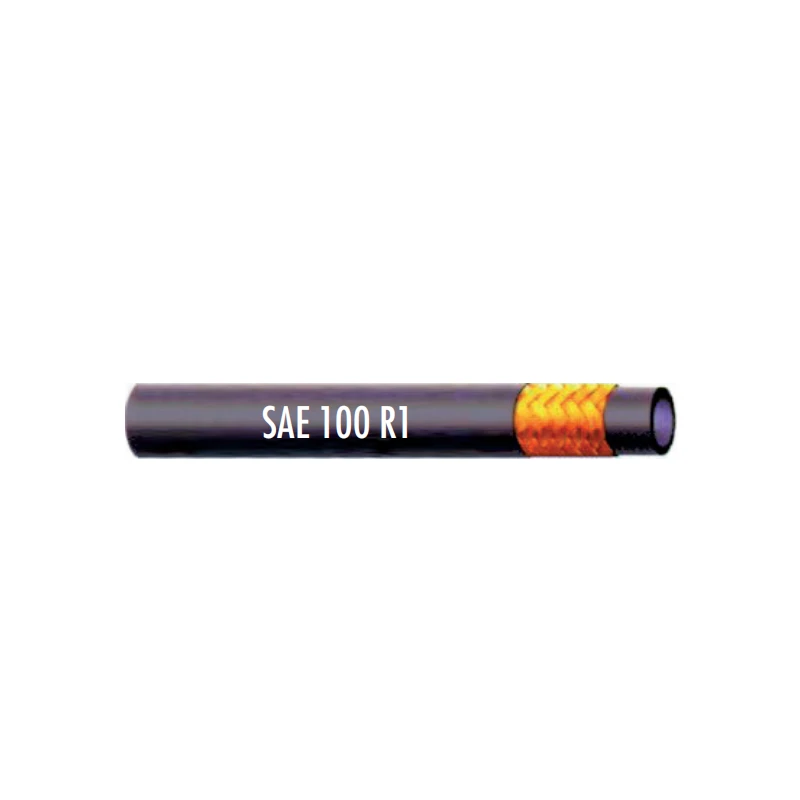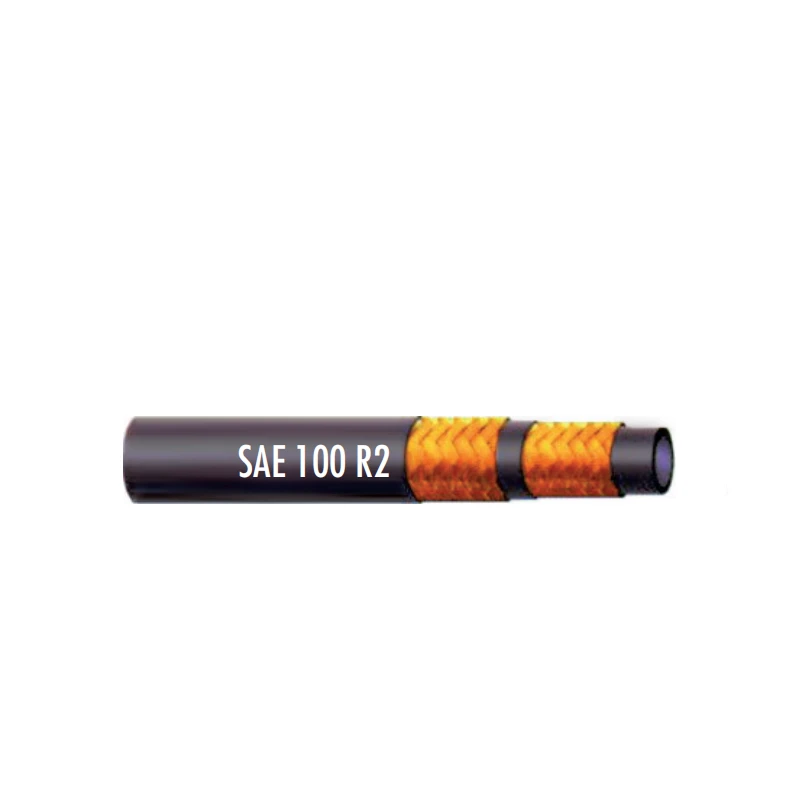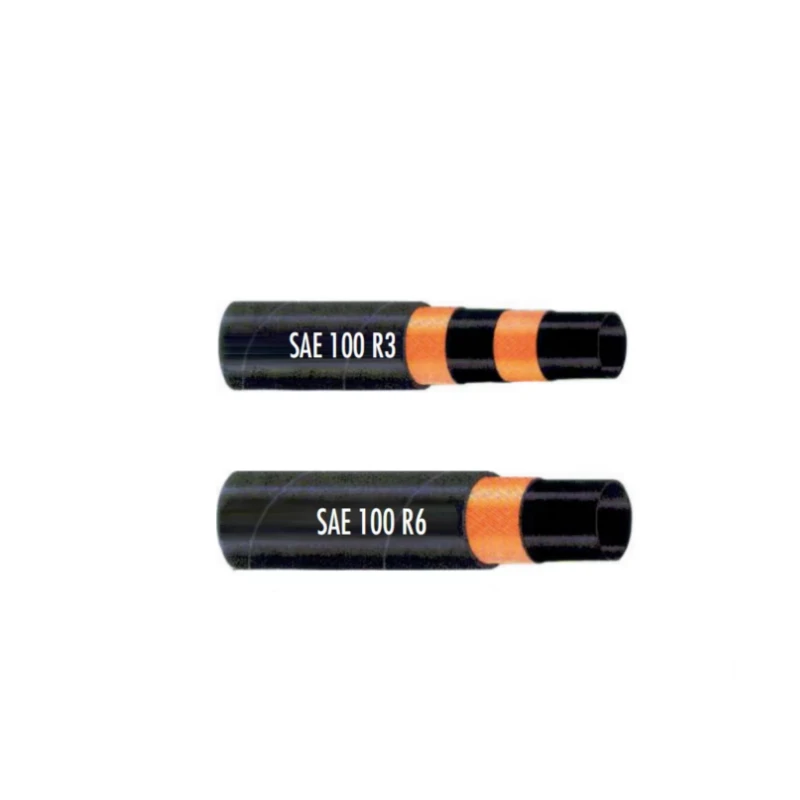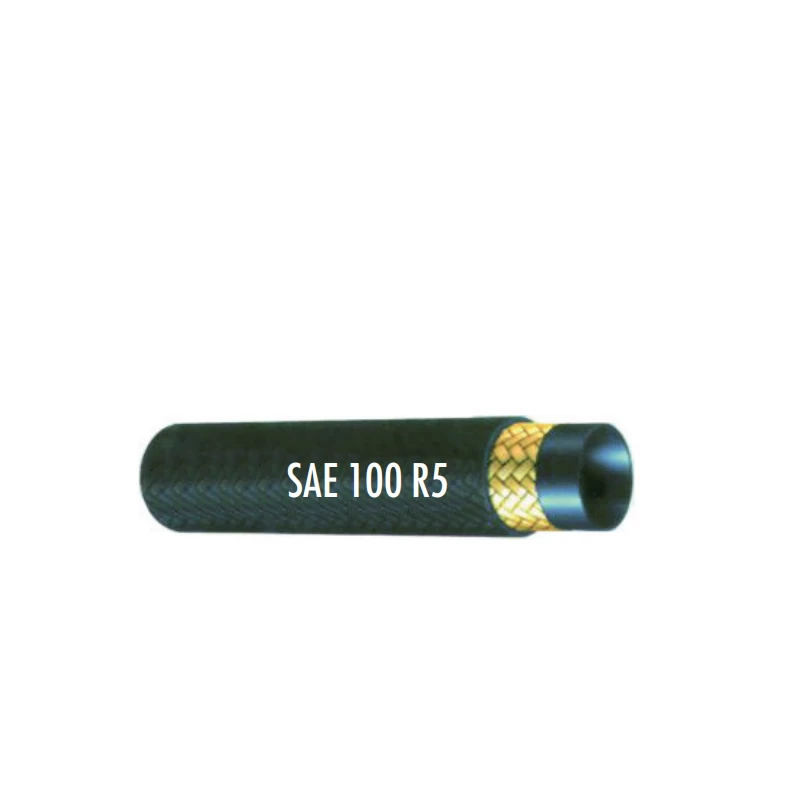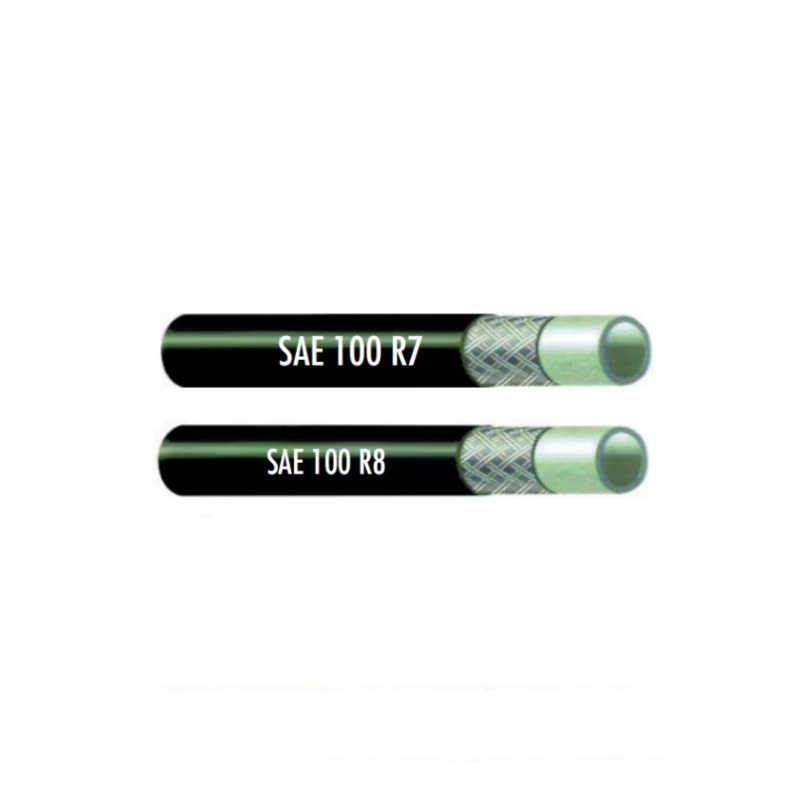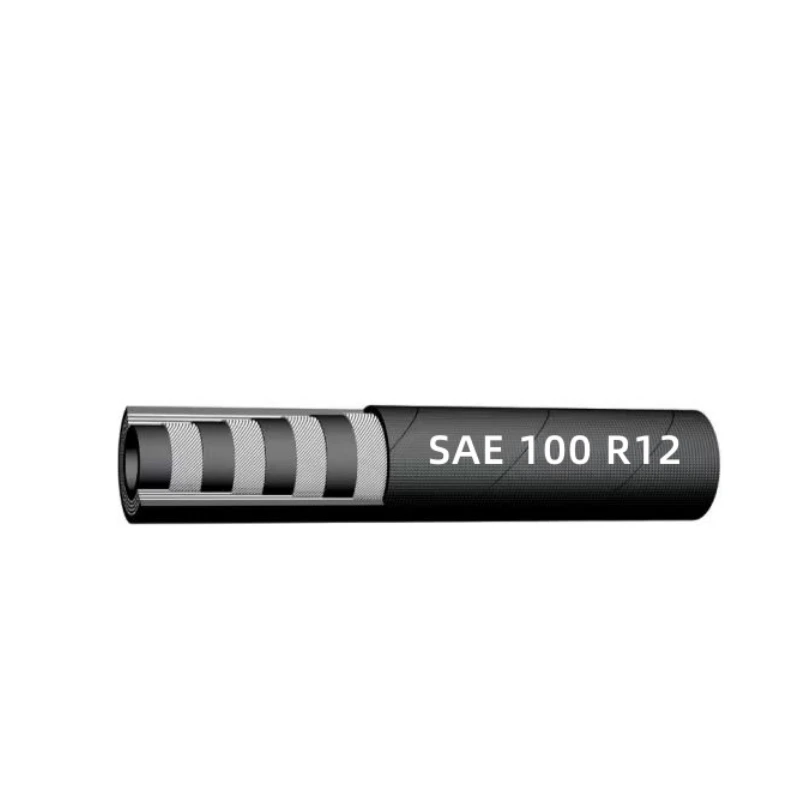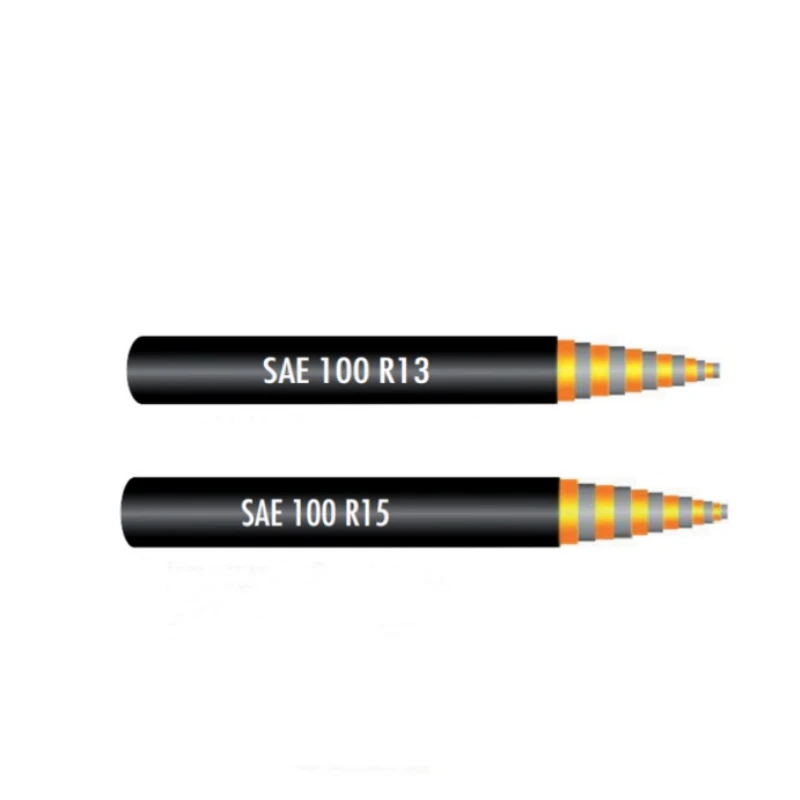
- Afrikaans
- Albanian
- Amharic
- Arabic
- Armenian
- Azerbaijani
- Basque
- Belarusian
- Bengali
- Bosnian
- Bulgarian
- Catalan
- Cebuano
- Corsican
- Croatian
- Czech
- Danish
- Dutch
- English
- Esperanto
- Estonian
- Finnish
- French
- Frisian
- Galician
- Georgian
- German
- Greek
- Gujarati
- haitian_creole
- hausa
- hawaiian
- Hebrew
- Hindi
- Miao
- Hungarian
- Icelandic
- igbo
- Indonesian
- irish
- Italian
- Japanese
- Javanese
- Kannada
- kazakh
- Khmer
- Rwandese
- Korean
- Kurdish
- Kyrgyz
- Lao
- Latin
- Latvian
- Lithuanian
- Luxembourgish
- Macedonian
- Malgashi
- Malay
- Malayalam
- Maltese
- Maori
- Marathi
- Mongolian
- Myanmar
- Nepali
- Norwegian
- Norwegian
- Occitan
- Pashto
- Persian
- Polish
- Portuguese
- Punjabi
- Romanian
- Russian
- Samoan
- scottish-gaelic
- Serbian
- Sesotho
- Shona
- Sindhi
- Sinhala
- Slovak
- Slovenian
- Somali
- Spanish
- Sundanese
- Swahili
- Swedish
- Tagalog
- Tajik
- Tamil
- Tatar
- Telugu
- Thai
- Turkish
- Turkmen
- Ukrainian
- Urdu
- Uighur
- Uzbek
- Vietnamese
- Welsh
- Bantu
- Yiddish
- Yoruba
- Zulu

Aug . 18, 2025 11:37 Back to list
Types of Airline Hoses
Airline hoses are essential components in aircraft, facilitating the transfer of various fluids and gases crucial for the safe and efficient operation of planes. From fuel delivery to hydraulic power transmission, these hoses must meet stringent safety and performance standards. Understanding the different types of airline hoses is vital for aviation professionals, maintenance crews, and those involved in aircraft manufacturing. While automotive ac hose and automotive hoses serve similar purposes in vehicles, airline hoses have unique requirements due to the demanding conditions of aviation. This article explores the diverse types of airline hoses, their applications, and how they compare to hoses used in the automotive industry.
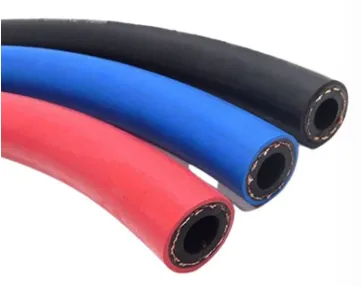
Fuel Transfer Airline Hoses
One of the most critical types of airline hoses is the fuel transfer hose. These hoses are responsible for transporting aviation fuel from the storage tanks to the engines. They must be highly resistant to fuel - related degradation, as aviation fuels can be corrosive and volatile. Fuel transfer airline hoses are typically constructed from materials such as synthetic rubber compounds reinforced with layers of high - strength fibers or wire braids.
The design of fuel transfer airline hoses also takes into account factors like temperature fluctuations, pressure changes, and the need to prevent fuel leakage. Compared to automotive hoses, which carry gasoline or diesel in cars, airline fuel transfer hoses operate under more extreme conditions, including high altitudes and rapid temperature variations. Special anti - static properties are often incorporated into these hoses to prevent the buildup of static electricity, which could potentially ignite the fuel.
Hydraulic Airline Hoses
Hydraulic airline hoses play a vital role in aircraft by transmitting hydraulic fluid to power various systems, such as landing gear, flight controls, and brakes. These hoses must withstand high pressures, often reaching several thousand pounds per square inch (psi). They are usually made with multiple layers, including an inner tube that is resistant to hydraulic fluids, reinforcement layers for strength, and an outer cover for protection against abrasion and environmental elements.
The flexibility of hydraulic airline hoses is also crucial, as they need to bend and flex without kinking during the operation of the aircraft's hydraulic systems. In contrast to automotive ac hose and other automotive hoses, hydraulic airline hoses are subject to more rigorous testing and quality control measures. Any failure in a hydraulic hose can have catastrophic consequences for flight safety, making their reliability of utmost importance.
Pneumatic Automotive Hoses
Pneumatic airline hoses are used for the transfer of compressed air in aircraft systems. They are essential for functions such as cabin pressurization, engine starting, and air - conditioning. These hoses are designed to handle high - pressure air while maintaining flexibility and durability. Pneumatic airline hoses often feature materials that can resist the effects of moisture and temperature changes, as compressed air can contain water vapor that may cause corrosion over time.
Compared to automotive hoses, pneumatic airline hoses have to meet more precise pressure and flow requirements. In an aircraft, the proper functioning of pneumatic systems is crucial for passenger comfort and the overall operation of the plane. Additionally, pneumatic airline hoses need to be lightweight to contribute to the overall fuel efficiency of the aircraft, a factor that is less of a concern for most automotive hoses.
Oxygen Delivery Airline Hoses
Oxygen delivery airline hoses are specifically designed to transport breathable oxygen to passengers and crew in the event of a loss of cabin pressure or other emergencies. These hoses must be made from materials that are non - reactive with oxygen and do not pose a fire hazard. They are often constructed with special polymers that are both flexible and durable.
Oxygen delivery airline hoses have unique safety requirements compared to automotive ac hose and automotive hoses. They are rigorously tested to ensure that they can deliver oxygen safely and reliably when needed. The design of these hoses also takes into account ease of use, as they may need to be quickly deployed in emergency situations.
About Types of Airline Hoses FAQS
How do fuel transfer airline hoses differ from automotive hoses used for fuel?
Fuel transfer airline hoses differ significantly from automotive hoses used for fuel. Airline fuel transfer hoses are designed to operate under extreme conditions, including high altitudes and rapid temperature changes. They are made from more specialized materials that offer enhanced resistance to the corrosive and volatile nature of aviation fuels. Additionally, airline fuel transfer hoses incorporate anti - static properties to prevent the ignition of fuel due to static electricity, a feature not typically found in standard automotive hoses.
What makes hydraulic airline hoses more reliable than automotive hoses?
Hydraulic airline hoses are more reliable than automotive hoses due to the more stringent safety and performance requirements in aviation. They are engineered to withstand much higher pressures, often several times greater than those in automotive hydraulic systems. Hydraulic airline hoses undergo more extensive testing and quality control processes to ensure that any failure does not compromise flight safety. Their multi - layer construction and use of high - quality materials also contribute to their superior reliability compared to automotive hoses.
How do pneumatic airline hoses compare to automotive ac hoses?
Pneumatic airline hoses and automotive ac hoses have different design and performance requirements. Pneumatic airline hoses are designed to handle high - pressure compressed air for functions like cabin pressurization and engine starting in aircraft. They need to meet precise pressure and flow requirements and be lightweight to aid in aircraft fuel efficiency. In contrast, automotive ac hoses are focused on the transfer of refrigerant in a car's air - conditioning system. While both types of hoses need to be durable, pneumatic airline hoses operate in more extreme environments and have stricter performance standards.
Why are oxygen delivery airline hoses made from special materials?
Oxygen delivery airline hoses are made from special materials because oxygen is highly reactive and can support combustion. The materials used in these hoses are non - reactive with oxygen to prevent any potential fire hazards. Special polymers are chosen for their flexibility and durability, ensuring that the hoses can safely and reliably deliver oxygen to passengers and crew during emergencies. This is a unique requirement compared to automotive ac hose and automotive hoses, which do not involve the transfer of highly reactive gases.
Can automotive hoses be used as a substitute for airline hoses?
Automotive hoses cannot be used as a substitute for airline hoses. Airline hoses are designed to meet the specific and stringent requirements of aviation, including extreme operating conditions, high safety standards, and precise performance needs. They are made from specialized materials and undergo rigorous testing that automotive hoses do not. Using automotive hoses in an aircraft would pose significant safety risks and would not provide the necessary reliability and performance required for aviation applications.
This is the first article
Latest News
Steel Wire Reinforced Hydraulic Hose SAE 100 R1 / EN853 1SN S
NewsOct.17,2024
Two Layers Steel Wire Reinforced Hydraulic Hose SAE 100 R2 / EN853 2SN
NewsSep.03,2024
Textile Braid Reinforced Hydraulic Hose SAE100 R3+R6
NewsSep.03,2024
Textile Reinforced Hydraulic oil Suction Hose with embedded Steel Wire SAE 100 R4
NewsSep.03,2024
Single Wire Braid and Textile Covered Hydraulic Hose SAE 100 R5
NewsSep.03,2024
High Pressure Thermoplastic Hydraulic Hose SAE 100 R7 / EN855 R7 - SAE 100 R8 / EN855 R8
NewsSep.03,2024
Heavy Duty Four-layer Steel Wire Spiral Reinforced Hydraulic Hose SAE100R9+R10+R12
NewsSep.03,2024
Heavy Duty Multi-layer Steel Wire Reinforced Hydraulic Hose SAE100R13 SAE100R15
NewsSep.03,2024
Latest Products
